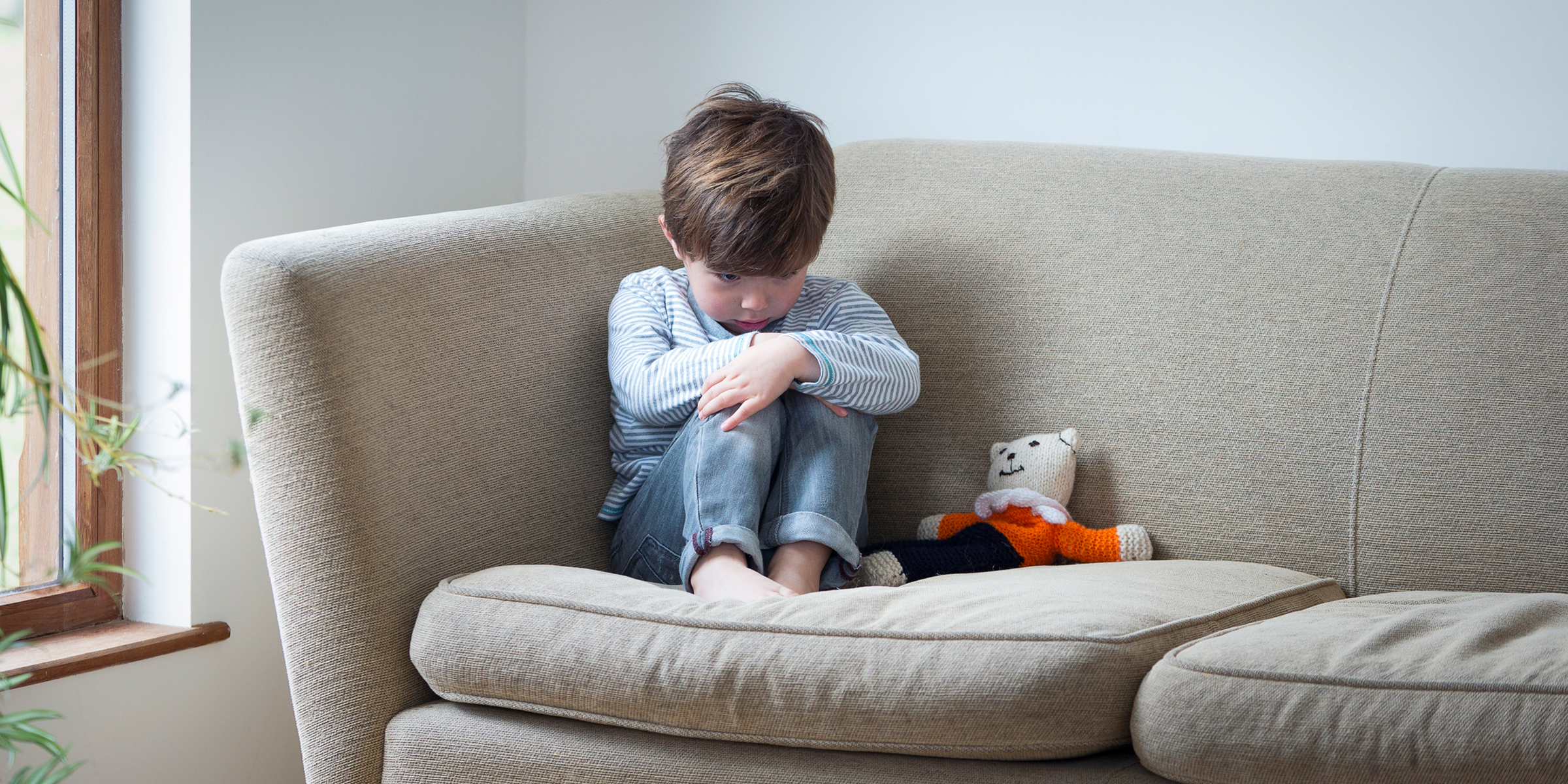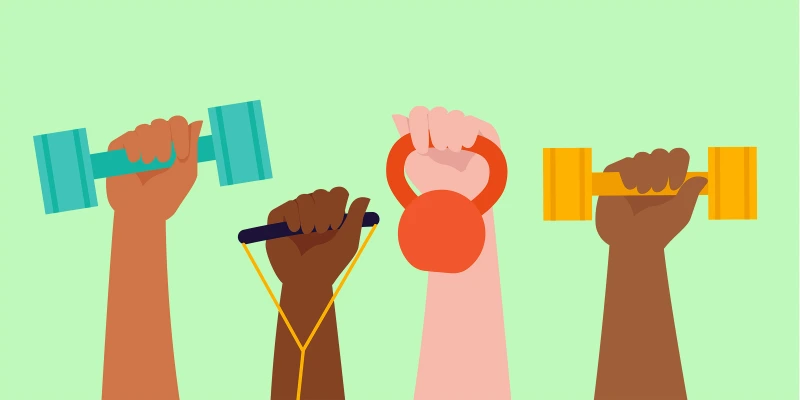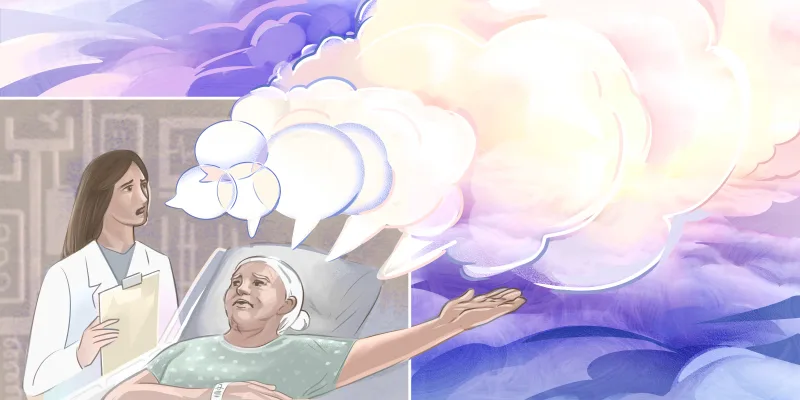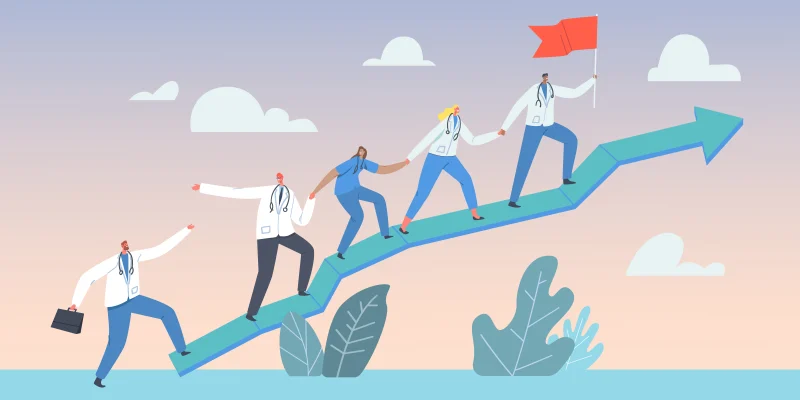
According to the American Academy of Pediatrics (AAP), even as an adult, the experiences you have as a child can impact your health in many ways: physically, mentally, and behaviorally. Coined in a study that was conducted from 1995 to 1997, Adverse Childhood Experiences (ACEs) became introduced as researchers addressed the public health issue of childhood distress.
Childhood exposure to traumatic life occurrences makes certain health issues more likely, including alcohol and illicit drug misuse and dependency, smoking, intimate partner violence, depression, diabetes, hypertension, and even heart and liver disease. These early life experiences can also limit educational attainment and lead to increased risk of incarceration. The impact of ACEs is as broad as the traumatic events that lead to them.
The original study out of Kaiser examined 10 ACEs, which fall under one of three umbrellas of toxic stress: abuse, household challenges, or neglect. There is a graded dose response relationship between ACEs and their negative effects, as well as a cumulative impact of multiple ACEs. “Individuals with at least four ACEs were at increased risk of all health outcomes compared with individuals with no ACEs,” stated a 2017 systematic review and meta-analysis. In one 2013 study using a British cohort of people born in 1958, having at least one ACE conferred a 66% increase in the risk for all-cause mortality.
These 10 ACEs identified by the Kaiser study (physical, emotional, and sexual abuse; physical and emotional neglect; mental illness, mother treated violently, divorce, incarcerated relative, substance abuse) are not all encompassing. The current 10 ACEs don't fully capture all adverse experiences. Additionally, the study population was characterized as being majority white (74.8%) with at least a college education (75.2%). Conditions like poverty, police and community violence, food insecurity, and discrimination have yet to be included in as an in-depth analysis as the original 10 ACEs. The effect of population level adverse experiences such as natural disasters, national economic instability, and war are less well understood. The impact of new adverse experiences, such as COVID-19, is even less clear but clinical experience gives us an idea.
“The original ACEs definition has limitations, many of which are being highlighted and worsened by COVID-19 and the underlying inequities,” says Anda Kuo, MD, Professor in the Department of Pediatrics, Founding Director of the UCSF Pediatric Leadership for the Underserved residency program, Co-Director of the Center for Child and Community Health, and Co-director of the CA ACES Learning and Quality Improvement Collaborative. Understanding the full extent of ACEs, especially when looking at the intersection of racial disparities, will not be an easy task when data is incomplete nationwide. In a webinar hosted for the American Academy of Pediatrics (AAP) on May 13, 2020, Rhea Boyd, MD and PLUS alumnus stated, “Currently only 26 states are reporting COVID deaths by race and ethnicity and only two are reporting testing by race and ethnicity. That means we have yet to appreciate the full scope of potential racial inequities because data remains unavailable for certain counties, states, and populations, which may reflect limitations in testing, access to care, or other reporting deficiencies.”
Despite this lack of data to inform our actions, we must not overlook that the experience and impact of the pandemic is not the same across communities, particularly communities of color; this can impact the growth and development of children. Boyd states, “Overall, national county level data revealed the COVID-19 death rate is six times higher for those that live in areas that are predominately non-white, as compared to those in areas that are predominantly white. This is particularly true for majority Black counties.” Furthermore, the impact of this pandemic extends beyond being infected by the virus. “Inaccurate and hateful rhetoric referring to COVID-19 has contributed to a spike in anti-Asian hate crimes, that, while not direct infections, nonetheless affect the physical and mental health of populations of Asian descent during this pandemic,” Boyd explains. The pandemic’s impact on communities and families may be multiplied by historical and past trauma.
Unresolved trauma for guardians results in the burden of multiple barriers. These are the families least likely to reach out to safety nets such as medical providers and educators, either because they are struggling with mental illness, or because they lack basic resources such as an active phone line. “Sadly, generational trauma might be playing out in what we are not seeing. I feel like there are definite indications of rising domestic violence and [non-accidental trauma or] NAT and calls to hotlines,” says Kuo. The District Attorney’s office had increased domestic violence reports and calls in the initial week of the shelter-in-place order and then they dropped off; this doesn’t mean domestic violence has decreased. Similarly, after schools closed, some states, like Missouri, are reporting as much as a 50% drop in child abuse reports. However, this is not reflective of children being safer at home; in fact, abuse is likely increasing with rising family stress.
In a world in the midst of the ongoing implications of the COVID-19 pandemic, a more adequate and inclusive definition of ACEs is needed in order to appropriately respond. “COVID-19 makes some elements of trauma universal and circumstances and privilege mitigate the experience,” says Dr. Anda Kuo. It’s prudent to realize children born before and during COVID-19 have had exposure to this pandemic as a potential ACE. Vulnerable children may experience COVID-19 very differently given the additional burdens their caregivers must navigate such as poverty, past trauma, and lack of access to basic needs. If communities and families have the support they need to create safe and nurturing environments, COVID-19 does not have to be an ACE.
The current circumstances bring crucial questions to light: How will COVID-19 impact the lives, deaths, and futures of our children? Will we see an increase in the number of established and studied ACEs in children after the ending of the current shelter-in-place order? What services will we need to ramp up or deliver differently than we did before COVID-19, now and after shelter-in-place is lifted? How do we offer support from health care providers to the families and pediatric patients who experience an exacerbation of pre-existing ACEs as a result of COVID-19 in addition to COVID-19 potentially being an ACE itself?
“This is not a past trauma. This is current trauma and preventable trauma. Right now, we could be helping families prevent ACEs because the trauma is happening, says Kuo. Although there has been pushback on screening for ACEs, not screening is also a disservice to those who might benefit from resources, advice, and care we otherwise would have provided before this pandemic. “My fear is that we don’t have access to [the most vulnerable] families...there is no safety net [during COVID19]...we need to go where families are, like the food banks where meals are being delivered [to care for patients with whom we’ve lost contact],” emphasizes Kuo. “...[and] there is no validated script [that I use to have conversations with parents around mental health and explaining this pandemic to their children] yet, but we can start by validating that they are good parents...we can’t stop COVID-19 and the economic fallout, but we can protect children from the effects of trauma.”
Dr. Kuo is referring to what is on the other spectrum of ACEs, that is Positive Childhood Experiences (PCEs). PCEs include nurturing factors, such as access to health needs, a sense of importance, and support. By having these experiences, children have been reported to have less concerns related to their mental health and relationships into their adult lives. Preventing and mitigating ACEs through positive experiences is just as important as recognizing when children may have been exposed to ACEs.
ACEs Connection suggests a revolutionary concept: “healing-in-place.” In this current pandemic, there is a looming reality that children face; they, their families, and friends are all at risk when it comes to this virus. That knowledge alone is stressful. By building resiliency into children by talking to them about their fears, how to cope with those fears, and the fact that it is okay to have these emotions, children will have tools that could last them a lifetime. “What I’ve been really struck by is the resilience of a lot of my patients and families. I feel they may have been through worse.. A lot of them have said “we are good today” and are able to take this day by day and are resilient, which is really impressive,” says Kuo.
Dr. Lisa Chamberlain and her team at Stanford were able to do just this recently in the southern peninsula (San Francisco Bay Area). Faced with misinformation and information mostly transmitted via forms of communication requiring resources to access, they decided to deliver the information the old fashioned way. They collected and compiled an easy to read list of food, housing and mental health resources that they then were able to hand deliver to families presenting to food pantries as well as mail to over 5,000 patient families. This kind of work, not typically what is thought of when one thinks of a pediatrician, is the kind of work necessary at this time. But this is California, where the woman who wrote the book on ACEs, Dr. Nadine Burke Harris is our surgeon general. What are patients in need getting in other states?
We might feel like our work during this pandemic has been futile and ineffectual at times, because we are unable to directly affect the root of our patient’s problems. For the future of our children, this is a role that we as physicians, teachers, family, parents, and anyone in that child’s life, the proverbial village, can take on. This includes the federal government. “The federal government must lead a robust, science-based response to the COVID-19 pandemic,” said Senator Kamala Harris in response to an email inquiring about COVID-19 in relation to health disparities. She elaborated that “In the Senate, I have voted for several bills that provide critical resources to combat the spread of this virus. The Coronavirus Preparedness and Response Supplemental, which the President signed into law on March 6, 2020, allocated $8.3 billion in emergency funding to address the crisis, including support for state and local governments.”
The time is now, “this doesn’t need to be a gradual process” says Kuo.
Using primary prevention as a model, we can support children and families in their mental health and social needs before feeling the withdrawal, anxiety, hopelessness, and depression that can accompany communal traumatic experiences, making all the difference in the world.
Denise Powell is a resident in UCSF's pediatric residency and an eighth-generation Mississippian. Denise is a Doximity 2019-2020 Fellow.
Katherine Minaya, MD, MST, is a pediatric resident at UCSF who immigrated to New York City at a young age. She has been a teacher for the NYCDOE and continues to be interested in the optimization of education and health care for all children.
Click here to see more perspectives on COVID-19 from the Doximity network.
Click here for up-to-date news about COVID-19 on Doximity.






